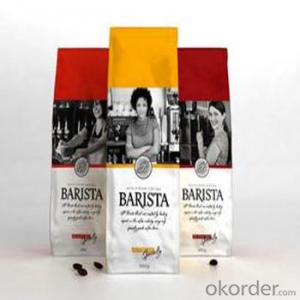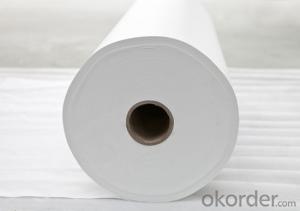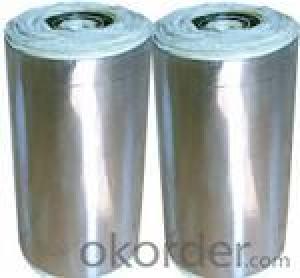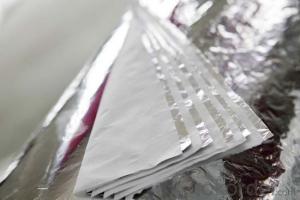Seafood Boil Aluminum Foil
Seafood Boil Aluminum Foil Related Searches
Led Light Bulbs For Ceiling Fixtures Led Lamps For Ceiling 42 In Ceiling Fan With Light Aluminum Coil Stock For Gutters Aluminum Foil For The Grill Hole Saw For Aluminum Plate Aluminum Tread Plate For Trailer Bow Plate For Aluminum Boat Aluminum Foil For Grow Room Aluminum Foil For Joint PainHot Searches
Stock Price For Aluminum Aluminum Coil Stock For Sale Aluminum Gutter Coil For Sale Used Aluminum Scaffolding For Sale 1/4 Aluminum Plate For Sale Aluminum Bar Stock For Sale Aluminum Round Stock For Sale Aluminum Diamond Plate For Sale Aluminum Scaffolding For Sale Craigslist 6061 Aluminum Plate For Sale Aluminum Dock Plate For Sale 7075 Aluminum Plate For Sale Aluminum Tread Plate For Sale Aluminum Checker Plate For Sale Aluminum Plate For Sale Near Me Plate Aluminum For Sale Aluminum Plate For Sale Aluminum Square Stock For Sale Aluminum Flat Stock For Sale Billet Aluminum Stock For SaleSeafood Boil Aluminum Foil Supplier & Manufacturer from China
Okorder.com is a professional Seafood Boil Aluminum Foil supplier & manufacturer, offers integrated one-stop services including real-time quoting and online cargo tracking. We are funded by CNBM Group, a Fortune 500 enterprise and the largest Seafood Boil Aluminum Foil firm in China.Hot Products
FAQ
- One of the disadvantages of using tinplate in packaging is its susceptibility to corrosion. Tinplate can rust when exposed to moisture and other corrosive elements, which can compromise the integrity of the packaging and potentially contaminate the product. Additionally, tinplate is relatively heavy compared to other packaging materials, which can increase transportation costs and carbon footprint. Lastly, tinplate is not as malleable as other materials, limiting its versatility in certain packaging designs.
- Yes, there are potential health concerns associated with tinplate packaging. Tinplate packaging can contain traces of heavy metals, such as lead or cadmium, which can leach into the packaged food or beverage, posing a health risk if consumed. Additionally, tinplate packaging may also contain a thin layer of plastic coating that can potentially release harmful chemicals into the food or drink. It is important to ensure that tinplate packaging is properly regulated and that food and beverage manufacturers comply with safety standards to minimize these health risks.
- Tinplate is commonly used in the packaging industry due to its excellent properties such as corrosion resistance, durability, and formability. It is often used in the production of metal cans and containers for food and beverages, cosmetics, and other consumer goods. The tin coating on the steel substrate provides a protective barrier against moisture, light, and oxygen, ensuring the preservation and prolonging the shelf life of the packaged products. Tinplate is also used for decorative purposes, as it can be easily printed on, making it an ideal choice for branding and marketing.
- Yes, tinplate can be used for high-speed packaging lines. Tinplate, known for its strength, durability, and corrosion resistance, is commonly used in the food and beverage industry for packaging products that require high-speed production. Its smooth surface allows for efficient printing and labeling, making it a suitable choice for high-speed packaging lines.
- What's the latest price for tinplate?
- Tinplate, 6500 yuan to 7500 yuan / ton
- There are several different types of tinplate cans available, including food cans, beverage cans, aerosol cans, paint cans, and general packaging cans.
- Tinplate contributes to the convenience of pet care products through its durability, versatility, and ability to preserve the quality and freshness of the products. Tinplate packaging ensures that pet food, treats, and other products remain safe and protected from moisture, light, and oxygen, prolonging their shelf life. Additionally, tinplate cans and containers are easy to open and reseal, providing pet owners with a convenient and hassle-free experience when using these products for their pets.
- What is tin plate?
- Tinplate is a tin covered with tin, it is not easy to rust, also known as tin iron. Tinplate was most premature in Bohemia (now Czech and Slovakia). The land has been rich in metal since ancient times, advanced in technology, and know how to use water power in the manufacture of machinery, from fourteenth Century onwards began to produce tinplate. For a long time, it has been the main source of tinplate in the world. Tin was mainly used for making tableware and drinking utensils.














































